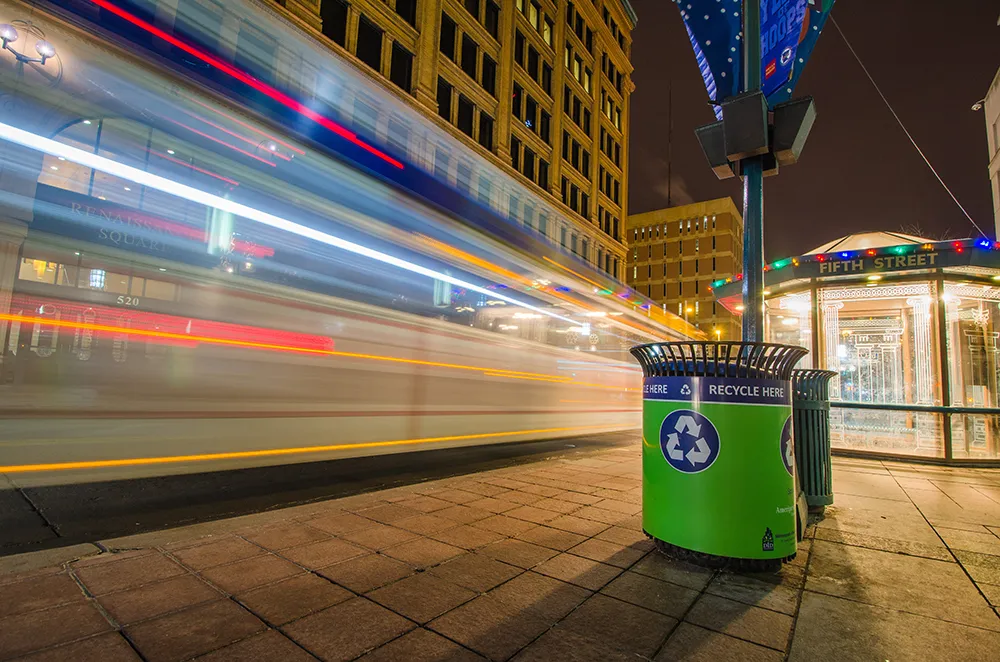The Institute of Transportation Engineers (ITE) and the National Parking Association (NPA) have signed a memorandum of understanding to develop two key parking analysis tools with the intention of ushering in the next generation of best practices. The Washington-based partners have set a target of delivering both products by early 2019.
ITE’s Parking Generation Manual is expected to follow the lead of the modernised and expanded Trip Generation Manual, 10th Edition. It will contain analyses that differe
February 12, 2018
Read time: 2 mins
The 5667 Institute of Transportation Engineers (ITE) and the National Parking Association (NPA) have signed a memorandum of understanding to develop two key parking analysis tools with the intention of ushering in the next generation of best practices. The Washington-based partners have set a target of delivering both products by early 2019.
ITE’s Parking Generation Manual is expected to follow the lead of the modernised and expanded Trip Generation Manual, 10th Edition. It will contain analyses that differentiate the levels of parking demand observed at rural, general urban/suburban, dense multi-use urban, and centre city core sites. ITE also intends to produce a web-based app, ITEParkGen, enabling users to produce parking generation data plots and statistics for the complete database.
NPA’s Shared Parking, 3rd edition, will offer a perspective on case studies and real usage of parking assets. NPA in concert with the5477 Urban Land Institute and International Council of Shopping Centers are collaborating to bring current, real-world data and examples of shared parking uses of parking assets that will provide an insight into the future of parking through both print and online content.
Christine Banning, NPA's president, said: "NPA is pleased to work alongside ITE to update these resources with current data reflecting today's transportation environment in a fact-based approach to analysis and planning. Shared Parking explores the transportation dynamic in the form of facilities, usage and trends that will impact ratios, revenue, and asset performance.”
ITE’s Parking Generation Manual is expected to follow the lead of the modernised and expanded Trip Generation Manual, 10th Edition. It will contain analyses that differentiate the levels of parking demand observed at rural, general urban/suburban, dense multi-use urban, and centre city core sites. ITE also intends to produce a web-based app, ITEParkGen, enabling users to produce parking generation data plots and statistics for the complete database.
NPA’s Shared Parking, 3rd edition, will offer a perspective on case studies and real usage of parking assets. NPA in concert with the
Christine Banning, NPA's president, said: "NPA is pleased to work alongside ITE to update these resources with current data reflecting today's transportation environment in a fact-based approach to analysis and planning. Shared Parking explores the transportation dynamic in the form of facilities, usage and trends that will impact ratios, revenue, and asset performance.”










